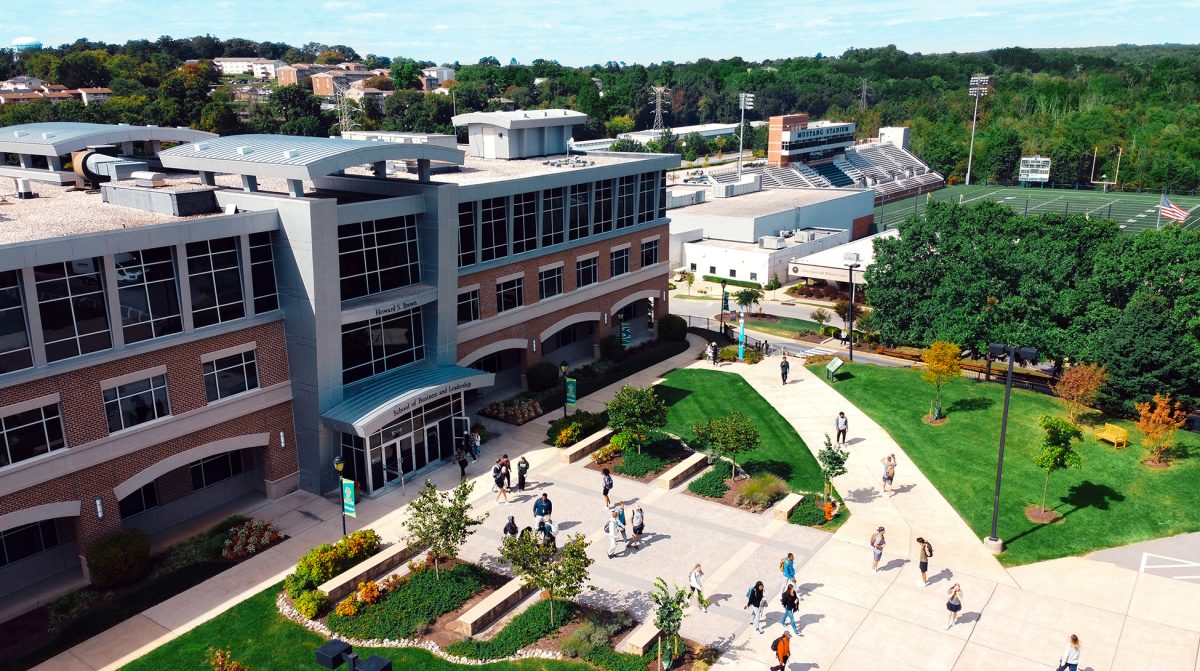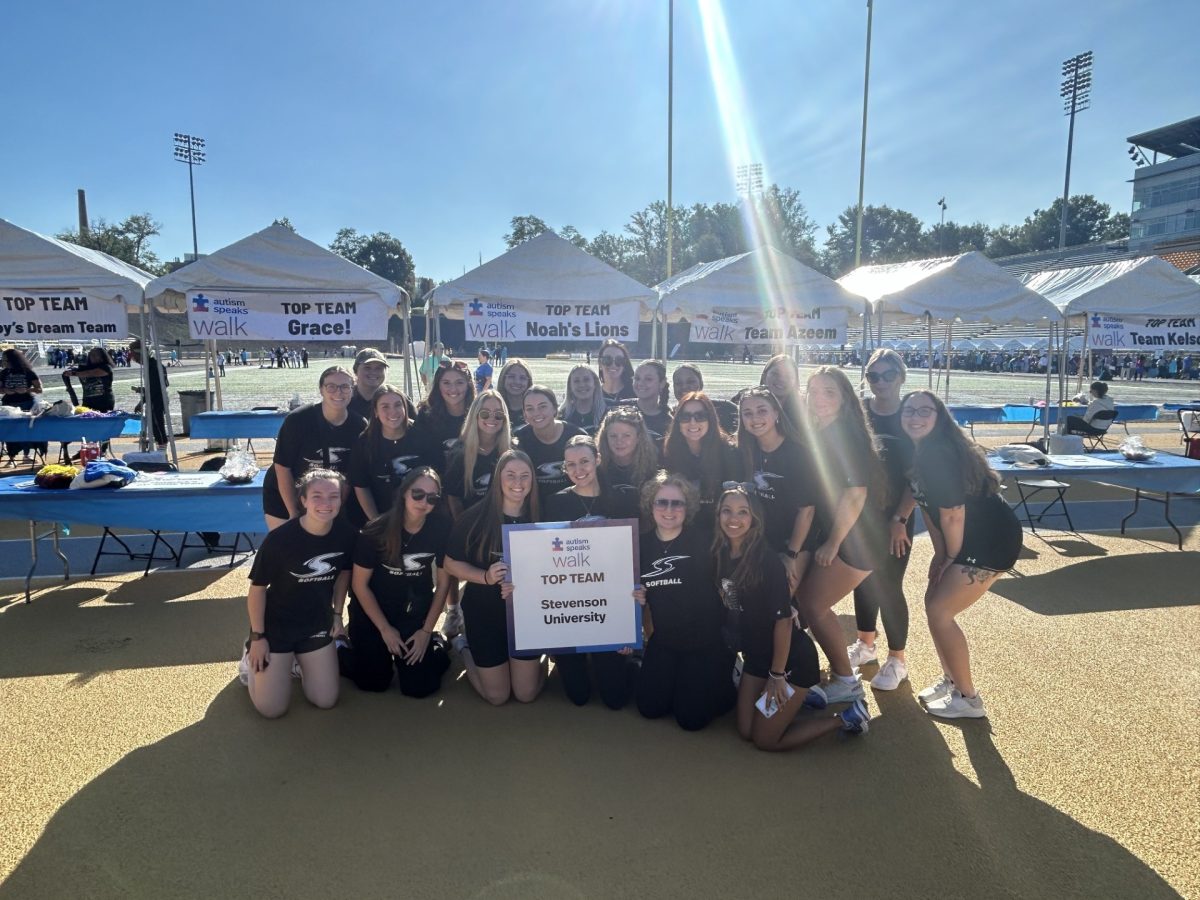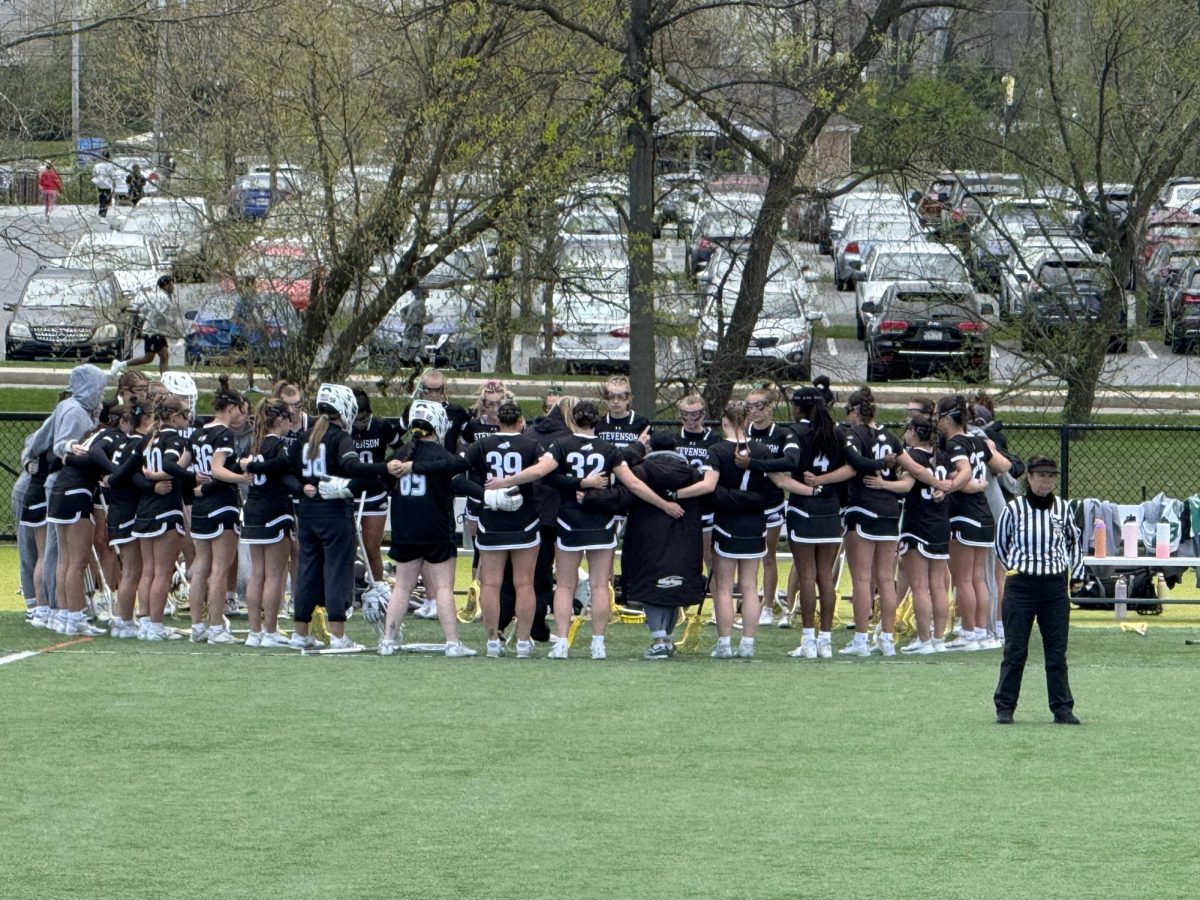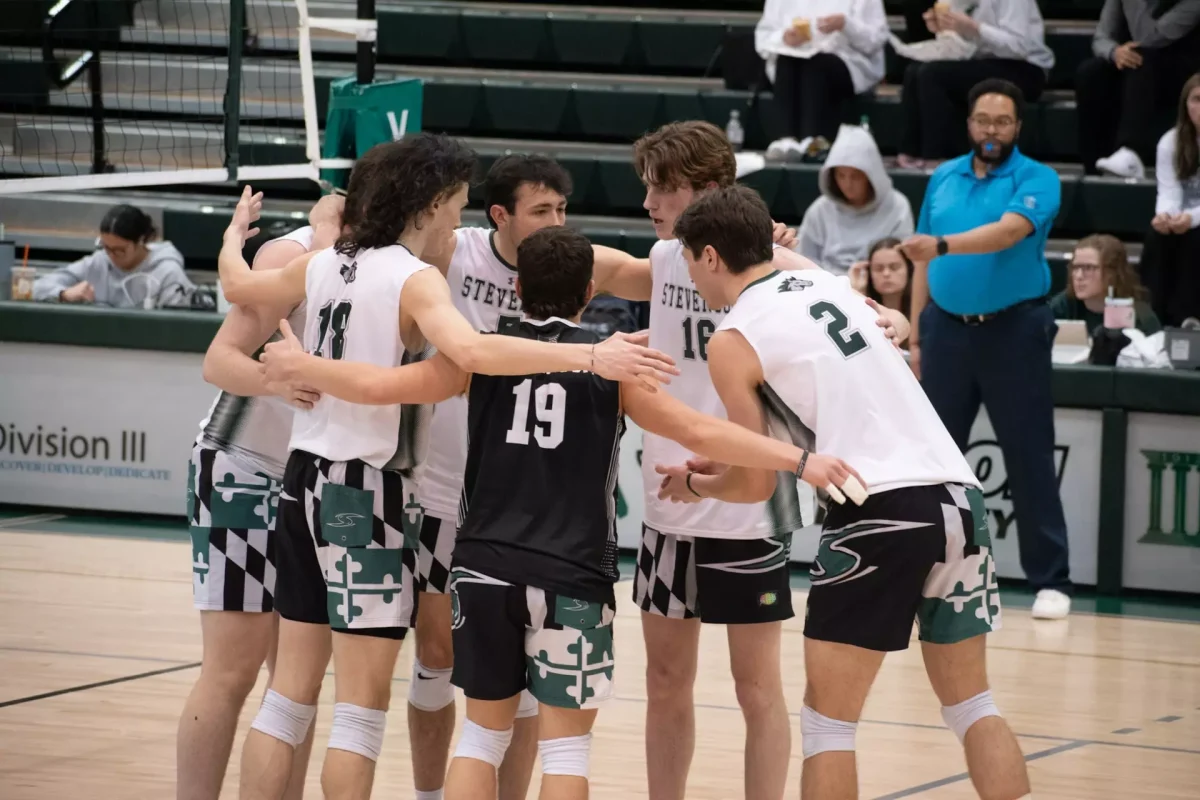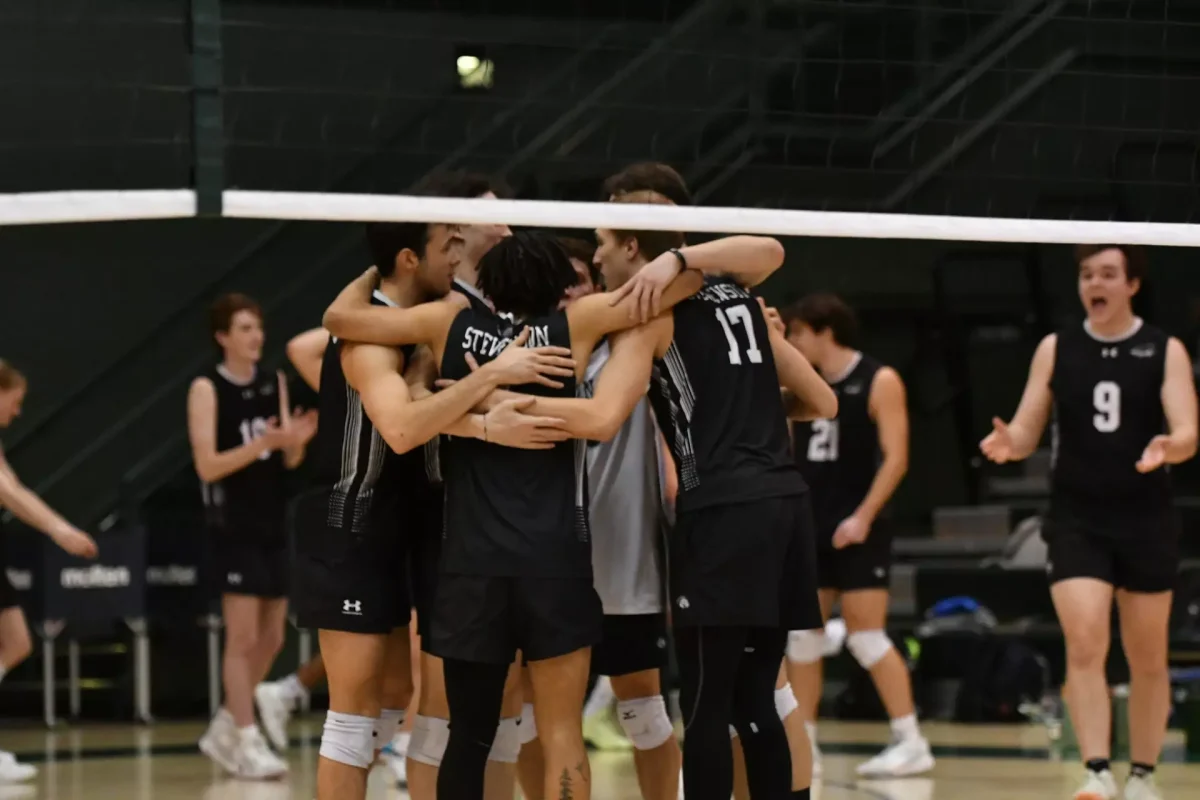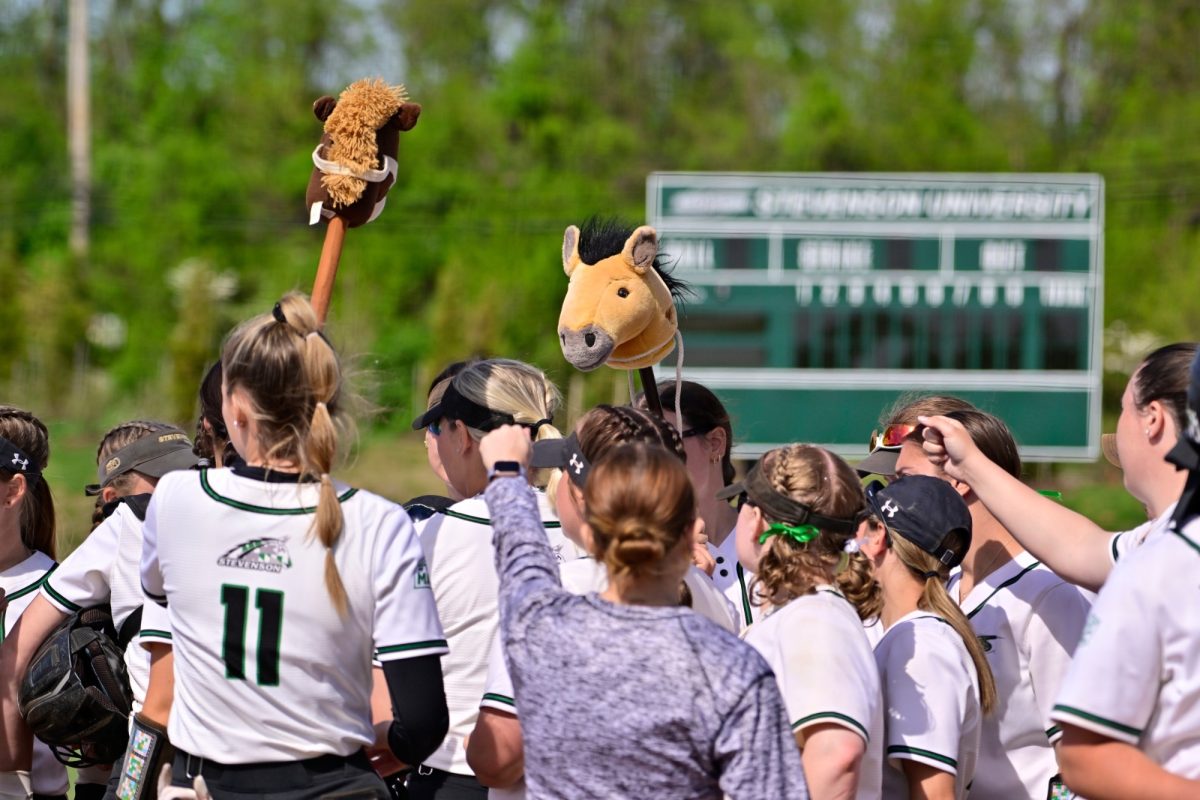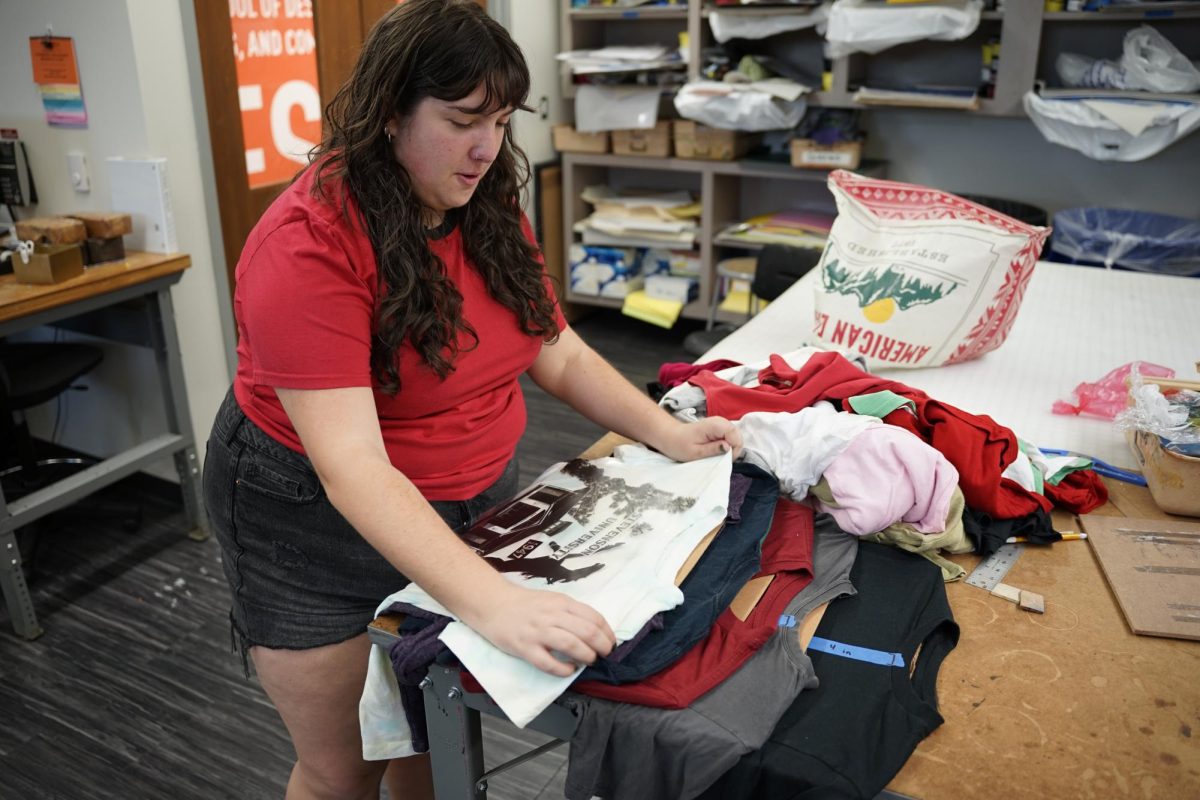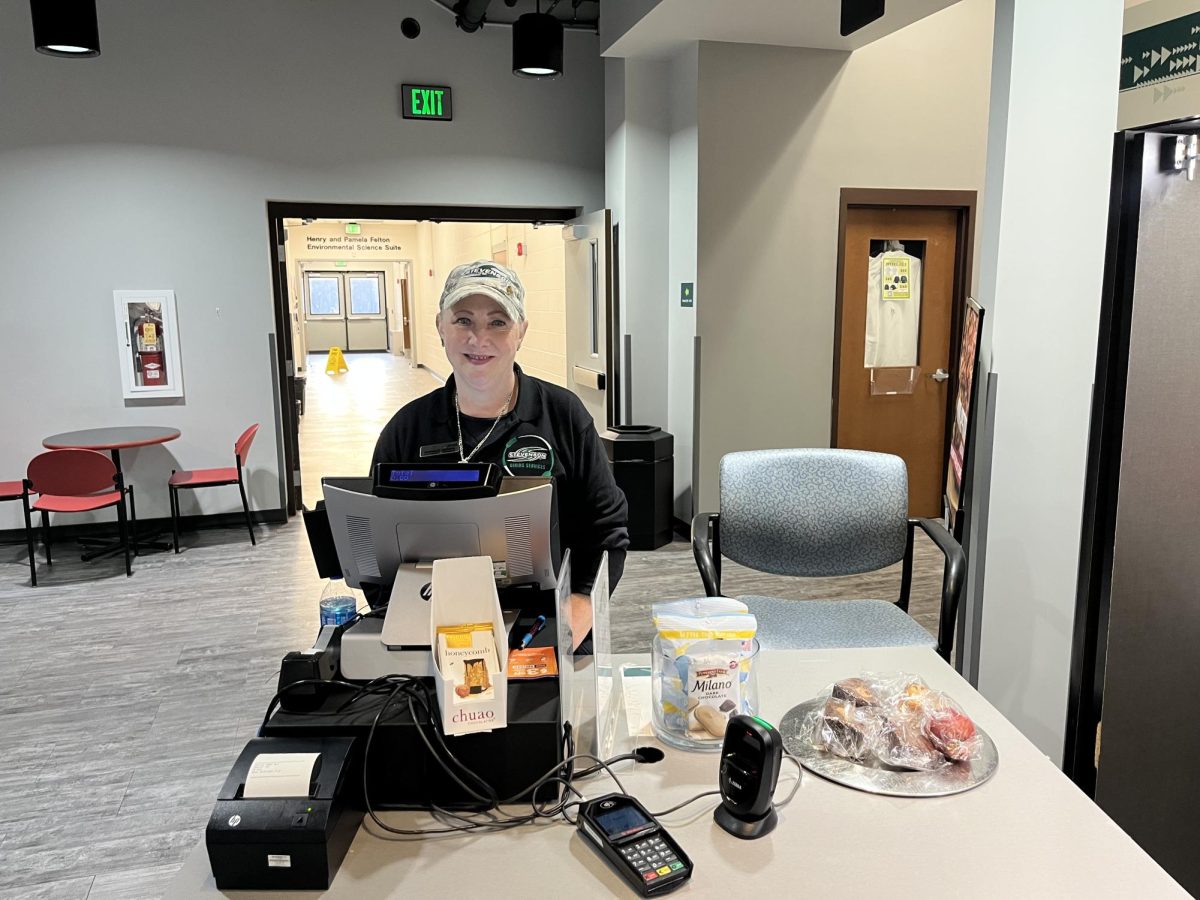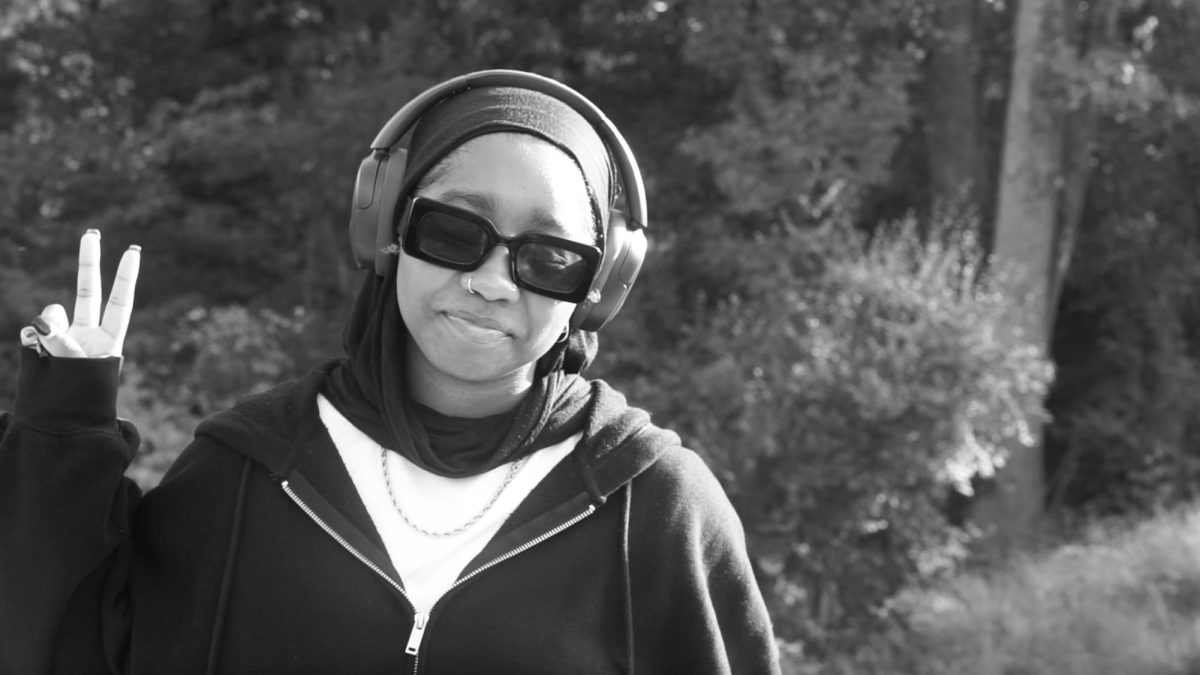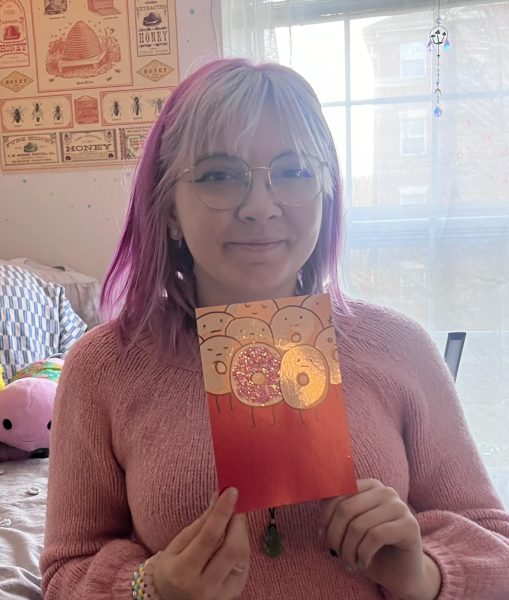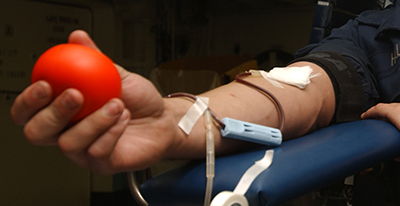The National Student Nurses Association (NSNA) will host a blood drive on Dec. 1, as it does each semester. The event is scheduled from 12:30 p.m. to 6:30 p.m. in the Rockland banquet hall.

All students, faculty and alumni can participate in the blood drive. Registered nurses from the American Red Cross will be present to help collect the donated units of blood.
Those donating blood must understand that participants should eat a meal prior to donating, increase their fluids up to 48 hours in advance and limit their caffeine intake. Additionally, donors should wear clothing that is comfortable, and bring along a photo ID and a list of any medications they are taking, according to the American Red Cross.
Donors must weigh at least 110 pounds and be 16 years old with a parent, or 17 years old without a parent. According to the American Red Cross, those that are ill or have an infection are not eligible to donate blood, but those in good health can donate every 56 days.
WHY DONATE BLOOD?
According to Deborah Lyons, assistant professor of nursing, “All donated blood is very important, but especially O- blood because that is blood that anyone can receive regardless of their blood type.” The goal for the NSNA is to be able to receive at least 65 units of blood donations.
Donating blood offers a ready supply for those needing blood transfusions, among other benefits, but there are intangible benefits as well. Stevenson University sophomore Joe Candon said that “donating blood is always a good thing to do. Fortunately, my job allowed me to take a paid day off to donate blood, and it was a relief to know I did my part in helping save a life.”
THE PROCESS OF DONATING
From start to finish, a donation takes about 35 minutes. Upon arrival at the donation center, a staff member will sign you in and review eligibility information. At this point, donors will need to show a donor card or driver’s license as identification.
Next, donors will answer some questions confidentially about their health history and travels. A nurse will check each donor’s temperature, pulse, blood pressure and hemoglobin level present in a sample of blood.
If the donor can move forward in the process, the arm will be cleaned and a new sterile needle will be inserted for the donation. This feels like a quick pinch and is over in seconds. According to the American Red Cross, the actual donation takes about 8 to 10 minutes, and the donor is seated on a comfortable chaise. When about a pint of blood has been drawn, the donation is complete, and a staff member will bandage the donor’s arm. Afterwards, donors can sit at the canteen station for a snack and something to drink for about 15 minutes.
Donors should make an appointment on the SU Now portal, since that will make the donation process easier.

